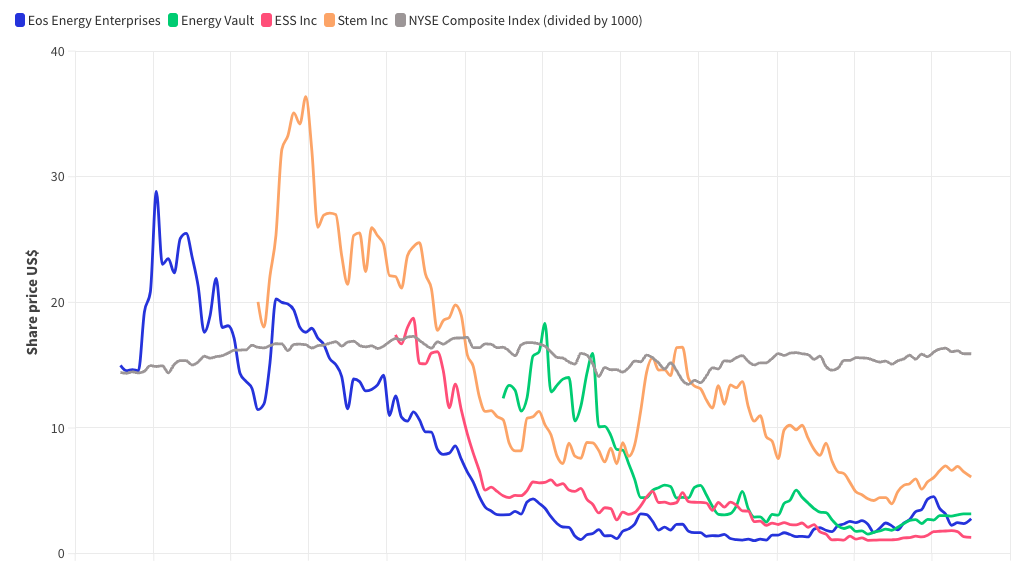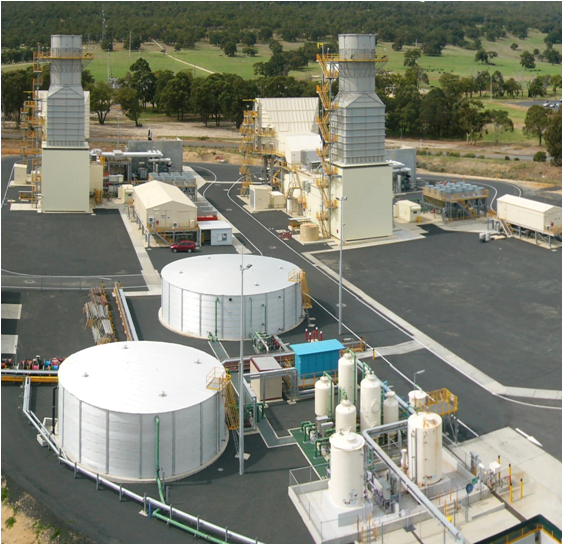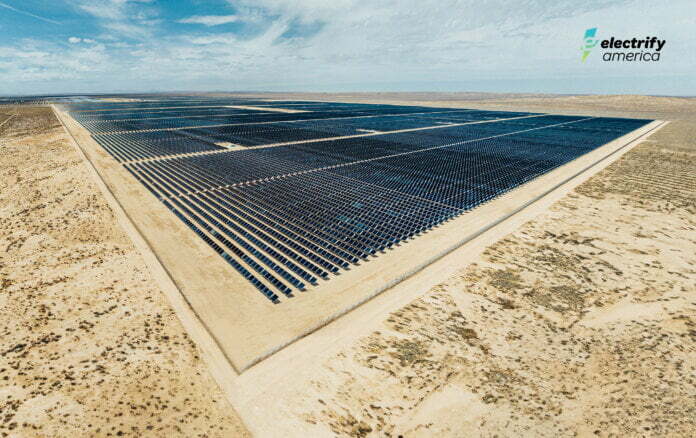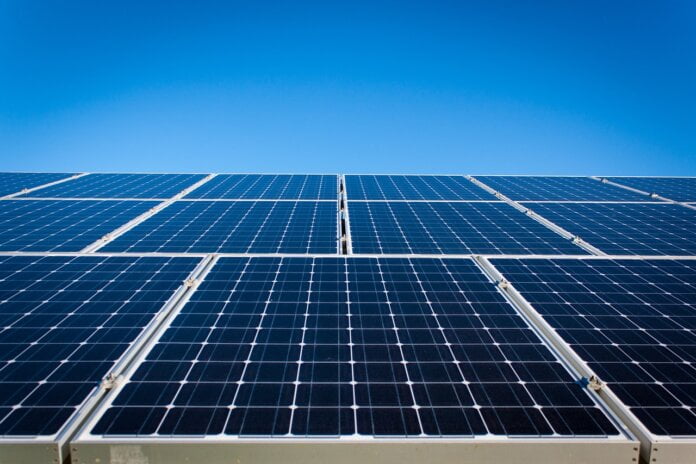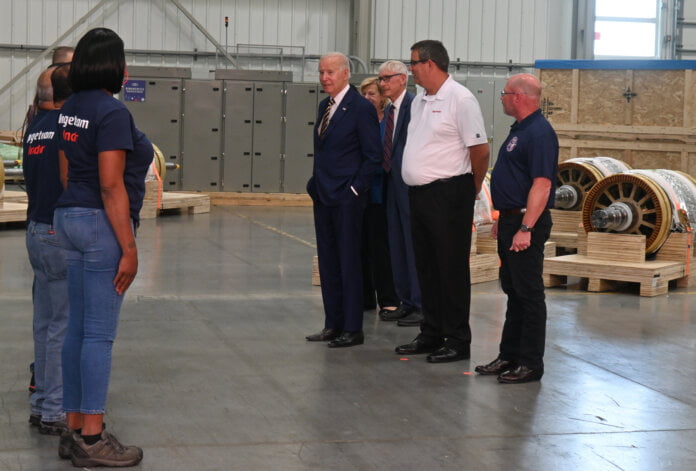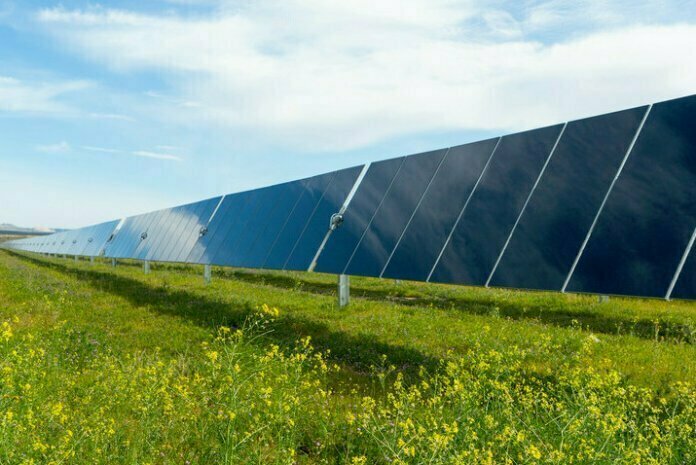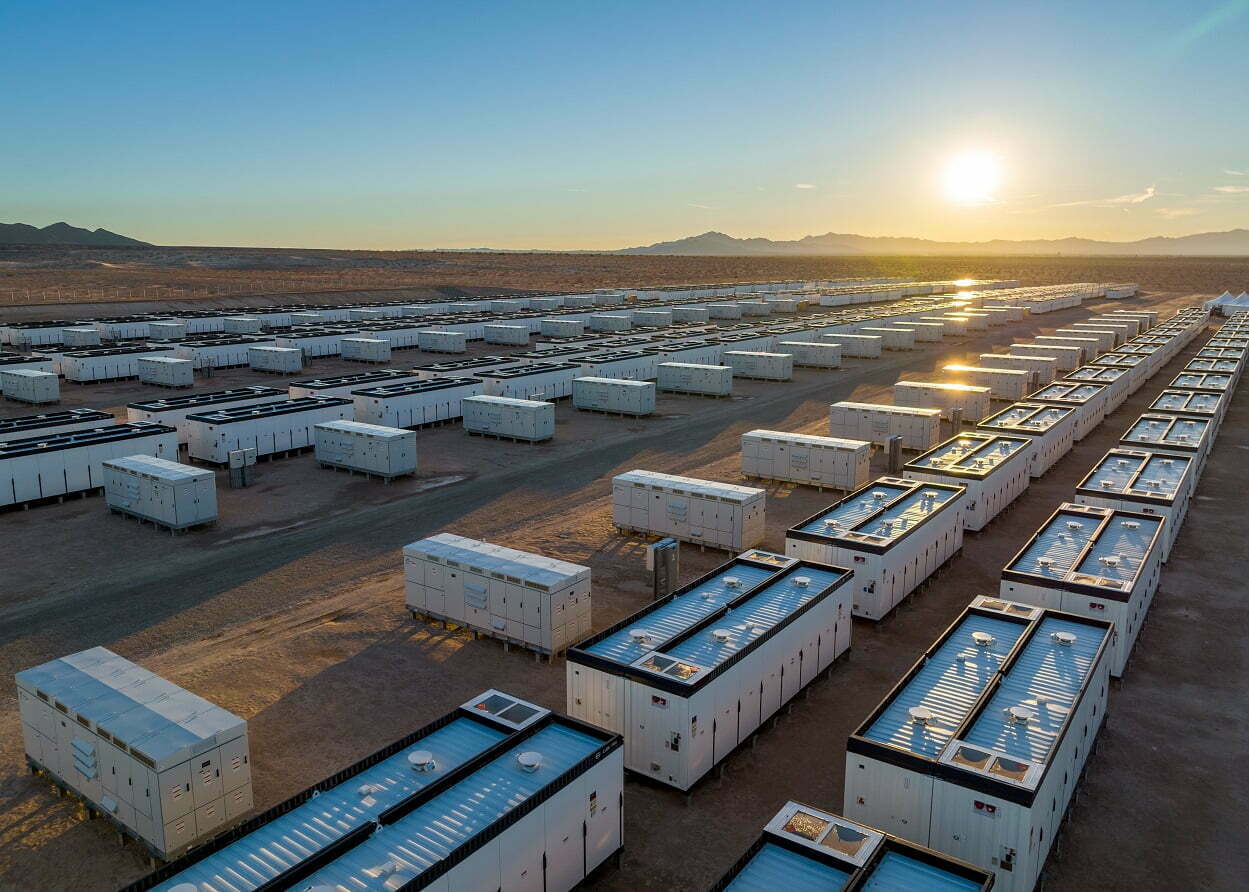New investors joining them were Microsoft’s Climate Innovation Fund, mining giant Rio Tinto, chemicals firm SABIC, Saudi Aramco’s investment arm Aramco Ventures, investors SDCL Energy Efficiency Income Trust (SEEIT) and individual John Doerr.
Rondo’s product is a refractory brick that can be heated to as high as 1500°C (2732°F) and retains the heat to then be used either in heat form or for conversion back to electricity. The heat can be discharged over durations that span hours or days.
As part of the deal, Rio Tinto, Aramco Ventures, SABIC, SCG, TITAN, and SEEIT all joined Rondo’s Strategic Investor Advisory Board.
“We are honoured and excited by this opportunity to go faster by working with these leaders. Our Strategic Investor Advisory Board will help Rondo focus on the simplest, fastest ways to power their operations with low-cost clean energy and shape our priorities for ongoing research and development.” said John O’Donnell, CEO of Rondo Energy.
Industry accounts for a substantial chunk of global greenhouse gas emissions, with figures varying but it could be as high as 36% according to Rondo’s media release which called the electrification of industrial heat “the next trillion dollar market”.
The fundraise from Rondo comes a few months after it announced plans to build a production facility to manufacture its technology with an eventual annual capacity of up to 90GWh, it claimed.
The thermal energy storage sector has received a lot of interest in recent weeks. Last week, Energy-Storage.news reported on two other technology providers Kraftblock and MGA Thermal raising a combined US$27 million to commercialise their technology.
Continue reading



